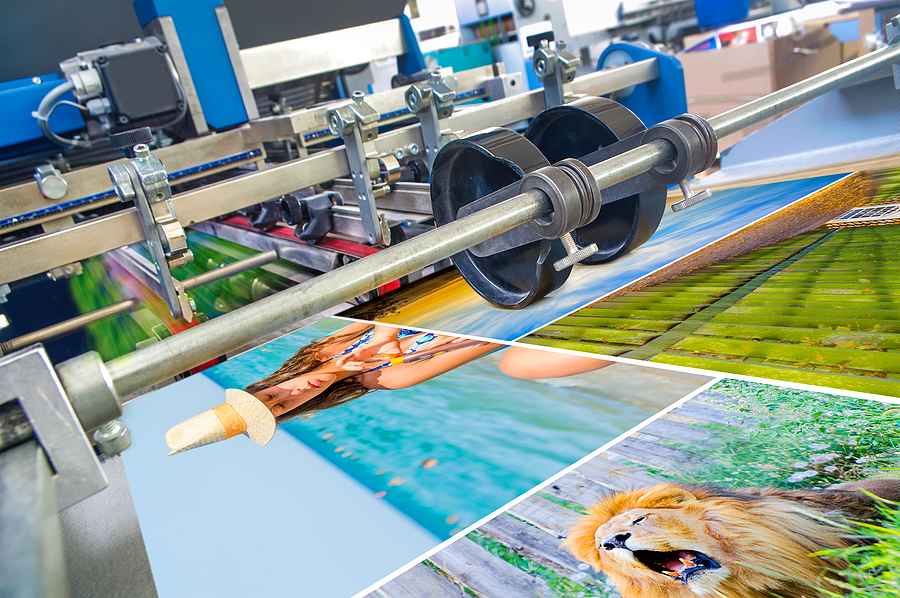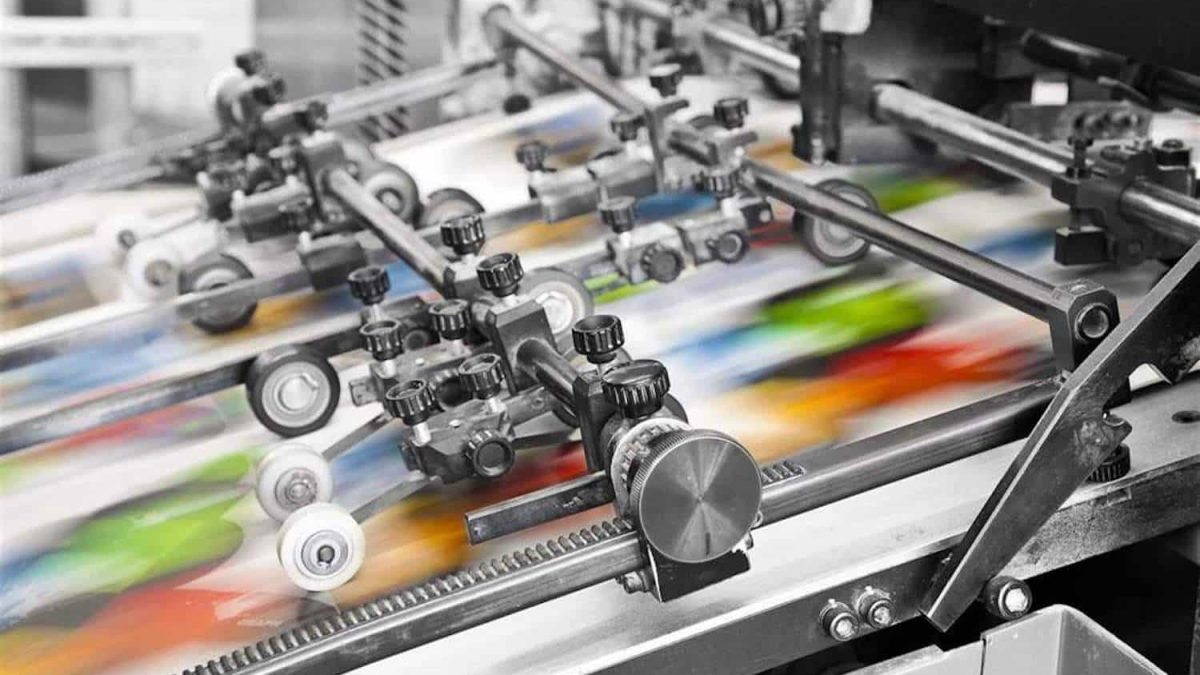In today’s fast-paced digital world, the synergy of Offset printing and photo retouching plays a pivotal role in delivering high-quality prints that captivate audiences. As a business professional, understanding the nuances of these processes can significantly impact how your materials are perceived. Both Offset printing and photo retouching are essential for creating visually stunning outputs that can enhance your brand’s image.

What is Offset Printing?
Offset printing is a widely used printing technique where the inked image is transferred from a plate to a rubber blanket, and then to the printing surface. This method is ideal for producing large volumes of high-quality prints, making it a popular choice for businesses looking to produce materials such as brochures, catalogs, and magazines. For a deeper understanding of its application in different sectors, you can explore printing for photography books and product catalogs.
The Role of Photo Retouching
Photo retouching is the process of altering or enhancing images to achieve a desired look. This could involve correcting colors, removing blemishes, or even altering the background. Retouching is crucial for ensuring that the final print looks as good as possible, maintaining the integrity and appeal of the image.
Why Combine Offset Printing and Photo Retouching?
Combining Offset printing and photo retouching ensures that the images are not only accurately reproduced but also visually enhanced. This combination is particularly beneficial for businesses aiming to create impactful marketing materials that stand out.
Benefits of Combining the Two Techniques
- Quality Enhancement: Retouching enhances the image quality, which translates into superior print results.
- Consistency: Both processes ensure consistent quality across all printed materials.
- Cost-Effectiveness: While retouching may involve upfront costs, it ensures that the prints are effective, reducing reprint needs.
Offset Printing: A Detailed Look
Understanding the intricacies of Offset printing can help you appreciate why it is a preferred choice for many businesses. This technique provides exceptional color fidelity and allows for a wide range of paper types and finishes. For those interested in troubleshooting common issues, the offset printing machine troubleshooting guide is a valuable resource.
Offset Printing Process
The process involves several key steps:
- Prepress: Preparing the images and text for printing.
- Plate Making: Creating plates that hold the image to be printed.
- Printing: Transferring the image from the plate to the paper via a rubber blanket.
- Post-Press: Finishing touches such as binding and cutting.
Photo Retouching Techniques
Photo retouching involves a variety of techniques to ensure the final image is perfect. These techniques include:
- Color Correction: Adjusting the colors to match the desired tone.
- Image Resizing: Ensuring the image is the correct size and resolution for printing.
- Background Removal: Eliminating unwanted background elements.
- Sharpening: Enhancing the clarity and detail of the image.
Applications in Business
The combination of Offset printing and photo retouching is particularly beneficial in various business applications. For instance, in nonprofit organizations, these techniques can help create compelling visual stories. Learn more about this application in offset printing for nonprofit organizations.
Marketing Materials
High-quality prints are crucial for marketing materials. Whether its brochures, flyers, or posters, the combined effect of perfect printing and professionally retouched photos can significantly boost the impact of your marketing efforts.
Product Catalogs
When presenting products, it is essential that all images are accurately represented. Offset printing ensures high fidelity in color reproduction, while photo retouching ensures that each product looks its best.
Selecting the Right Service Providers
Choosing the right service provider for Offset printing and photo retouching is crucial. Look for providers with a track record of quality and reliability. For more insights, you can visit [Vistaprint](https://www.vistaprint.com/hub/offset-printing) for a detailed comparison between Offset and digital printing.

FAQs
What is the main advantage of offset printing?
The main advantage of offset printing is its ability to produce high-quality prints at a lower cost per unit for large volumes. This makes it ideal for businesses that need to produce a significant amount of marketing materials.
How does photo retouching enhance printing quality?
Photo retouching enhances printing quality by ensuring that images are free of blemishes and have the right color balance and clarity. This leads to a more professional and polished appearance in printed materials.
Are there any limitations to offset printing?
While offset printing is excellent for large runs, it may not be cost-effective for smaller quantities. Additionally, the setup process can be longer compared to digital printing, making it less ideal for quick turnaround projects.
In conclusion, the collaboration between Offset printing and photo retouching is essential for producing high-quality, impactful printed materials. By understanding and utilizing these techniques, businesses can significantly enhance the effectiveness of their printed media.
This article contains affiliate links. We may earn a commission at no extra cost to you.







